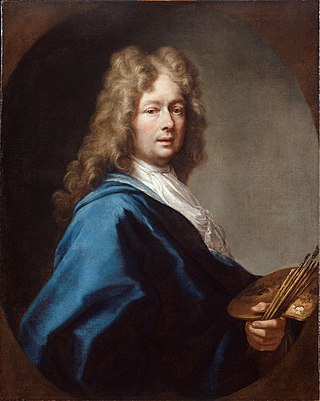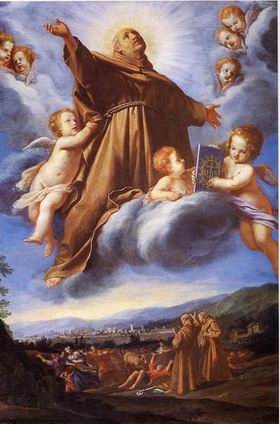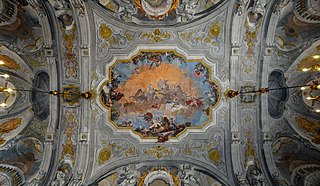
Vincenzo Foppa was an Italian painter from the Renaissance period. While few of his works survive, he was an esteemed and influential painter during his time and is considered the preeminent leader of the Early Lombard School. He spent his career working for the Sforza family, Dukes of Milan, in Pavia, as well as various other patrons throughout Lombardy and Liguria. He lived and worked in his native Brescia during his later years.

LudovicoBrea was an Italian painter of the Renaissance, active mainly in and near Genoa.

Domenico Morelli was an Italian painter, who mainly produced historical and religious works. Morelli was immensely influential in the arts of the second half of the 19th century, both as director of the Accademia di Belle Arti in Naples, but also because of his rebelliousness against institutions: traits that flourished into the passionate, often patriotic, Romantic and later Symbolist subjects of his canvases. Morelli was the teacher of Vincenzo Petrocelli and Ulisse Caputo.

Domenico Corvi (1721–1803) was an Italian painter at the close of the 18th century, active in an early Neoclassic style in Rome and surrounding sites.

Giovanni Angelo Borroni (1684–1772) was an Italian painter of the late-Baroque and early-Neoclassic periods, active mainly in Milan and Cremona.

Stefano Maria Legnani also known as "Legnanino" was an Italian painter of the late Baroque period, active mainly in Milan. He is considered one of the most innovative exponents of the Milanese school of painting of around the turn of the 17th and 18th centuries.

Vincenzo Dandini (1607–1675) was an Italian painter of the Baroque period, active mainly in Florence. He was a pupil of his brother, Cesare Dandini in Florence, then he moved to Rome and worked in the studio of Pietro da Cortona. Among his pupils were Giovanni Battista Marmi and Antonio Domenico Gabbiani. His nephew Pietro and his two children, Ottaviano and Vincezo the younger, also worked as painters in his studio.
Giovanni Antonio Amato or Amati was an Italian painter of the Renaissance period. Born in Naples, he copied the style of Pietro Perugino.

Giuseppe Bottani was an Italian painter active in the Baroque period.

Giuseppe Bertini (1825–1898) was an Italian painter, active in his native Milan.

The Basilica di Santa Giulia is a medieval former church in Bonate Sotto, Lombardy, northern Italy. Built in the early 12th century, only its apse area remain today in a short plain outside the town.

Giovanni Battista Sassi was an Italian painter, active mainly in Milan and other areas of Lombardy, who painted in a late-Baroque and Rococo style.

Francesco Podesti was an Italian painter, active in a Romantic style. Together with Francesco Hayez and Giuseppe Bezzuoli, he is considered one of the greatest Italian painters of the first half of the 19th century. He was prolific in his large canvases on historical subjects. He is best known for his fresco work, including those in the Hall of the Immacolata in the Vatican Museum.

Bernardino Galliari (1707–1794) was an Italian painter, active mainly as a scenic designer and decorator of theaters.
Vincenzo Severino (1859-1926) was an Italian painter, active mainly in Naples and Rome.
Tommaso Nardini was an Italian priest and painter of the Baroque period, active in his native town.

Giovanni Battista Crosato was an Italian painter of quadratura, active in the 18th century in Piedmont.
Antonio Foler (1536-1616) was an Italian painter active mainly in Venice, painting sacred subjects in a late-Renaissance or Mannerist style. Follero, Egie

Giuseppe Antonio Felice Orelli, also referred to as Giovanni Antonio, was a Swiss-Italian painter, mainly of sacred subjects, active in a late baroque style.
San Lorenzo Martire is a Roman Catholic church located in Zogno, region of Lombardy, Italy.















